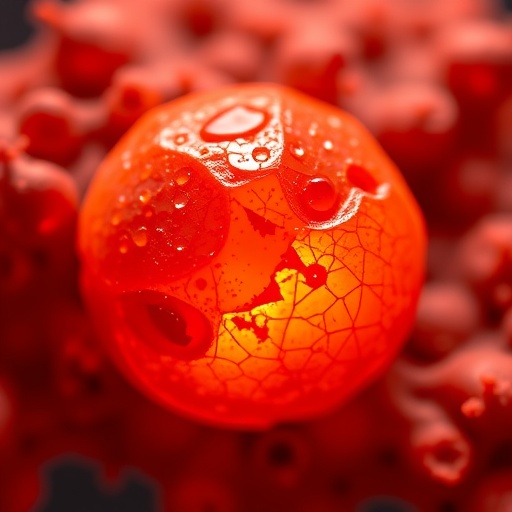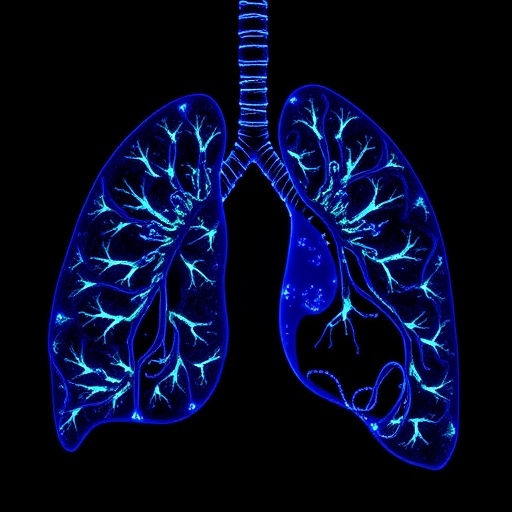(Boston) – A recent JAMA review article stresses that more clinical studies on neonatal abstinence syndrome (NAS) are needed in order to develop and implement optimal assessment, diagnosis and treatment guidelines. Researchers from Boston Medical Center's (BMC) Grayken Center for Addiction led a review of published studies on NAS assessment tools, and pharmacologic and nonpharmacologic treatment approaches. There has been a particular interest in utilizing approaches that don't include medication as a first-line treatment, such as breastfeeding and rooming-in, and several small analyses of this work have yielded positive short-term results. However, the authors note, the data is insufficient given several factors, including small sample sizes and single-site studies. They conclude that future research must focus beyond the short-term outcomes by evaluating how different treatments for NAS impact the child's development and well-being in the long term.
The incidence of NAS continues to rise, now estimated that 20 out of 1,000 infants are born exposed to opioids in utero. Signs of withdrawal from NAS usually appear two to three days after birth and can include irritability, trouble eating and sleeping, diarrhea, muscle rigidity, and difficulty soothing. Providers assess the infant using a standardized assessment tool and determine the need for medication treatment accordingly. The medications used to treat withdrawal symptoms in infants with NAS include morphine, methadone, and buprenorphine.
Lead author Elisha Wachman, MD, a neonatologist at BMC and researcher with the Grayken Center, and her colleagues looked at PubMed, Web of Science, and Cumulative Index to Nursing and Allied Health Literature for peer-reviewed studies about NAS published between July 1, 2007 and Dec. 31, 2017 that focused on NAS diagnosis and treatment. There were 53 articles included in the review, which were a combination of randomized control trials (RCT), cohort studies, case series and one cross-sectional study. The specific aspects of NAS assessment, diagnosis and treatment included: using nonpharmacologic methods to treat withdrawal symptoms, including rooming-in and breastfeeding; using pharmacologic methods to treat withdrawal symptoms, including morphine, buprenorphine or methadone; and how the mother's medication treatment for addiction during pregnancy, including buprenorphine or methadone, impacted the severity of the infant's withdrawal during the hospitalization.
The authors note that the most clinically significant advances in NAS treatment approaches relate to nonpharmacologic interventions, such as parental rooming in and breastfeeding. While initial data shows that using these approaches decreases the need for opioid replacement medication and shortens hospitalizations, larger, prospective multi-site clinical trials are necessary in order to identify optimal treatment approaches without medication.
"The emphasis on truly using non-pharmacologic care as first-line treatment for NAS is a relatively new approach, and while there are several studies showing positive results for the infant as well as the health system, additional research is needed to determine which specific aspects of the non-pharmacologic care bundle are producing the best results both in the short term and the long term," said Wachman, who is assistant professor of pediatrics at Boston University School of Medicine.
The studies about pharmacologic treatment of NAS examined how different medications, including buprenorphine, morphine and methadone, affected withdrawal symptoms. There are several different medication regimens used to treat NAS, but there is insufficient data to indicate one is more beneficial than others. There are currently clinical trials taking place to compare these medications to determine the best approach. Future research should also focus on whether these medications could safely be weaned in an outpatient setting.
The authors also reviewed data from studies looking at the impact of medication for the treatment of opioid use disorder taken by pregnant mothers on the severity of NAS withdrawal symptoms in the infant. Their findings were that buprenorphine is associated with improved hospitalization outcomes in comparison to methadone, however with unclear impact on long-term outcomes. Additional research is necessary to determine which medication would produce optimal results for both the mother in terms of her recovery and the infant.
"It is important to look beyond the initial hospitalization outcomes for infants with NAS and their mothers in order to determine standards of care that yield the best possible short and long-term outcomes for these patients," said Wachman. "The Grayken Center has several initiatives in place aimed at improving NAS treatment and we look forward to continued research collaborations that will yield the information necessary to provide the best, evidence-based treatment for NAS."
###
This study was done in collaboration with Massachusetts General Hospital.
About Boston Medical Center
Boston Medical Center is a private, not-for-profit, 487-bed, academic medical center that is the primary teaching affiliate of Boston University School of Medicine. It is the largest and busiest provider of trauma and emergency services in New England. Committed to providing high-quality health care to all, the hospital offers a full spectrum of pediatric and adult care services including primary and family medicine and advanced specialty care with an emphasis on community-based care. Boston Medical Center offers specialized care for complex health problems and is a leading research institution, receiving more than $117 million in sponsored research funding in fiscal year 2016. It is the 13th largest recipient of funding in the U.S. from the National Institutes of Health among independent hospitals. In 1997, BMC founded Boston Medical Center Health Plan, Inc., now one of the top ranked Medicaid MCOs in the country, as a non-profit managed care organization. It does business in Massachusetts as BMC HealthNet Plan and as Well Sense Health Plan in New Hampshire, serving 290,000 people, collectively. Boston Medical Center and Boston University School of Medicine are partners in the Boston HealthNet – 14 community health centers focused on providing exceptional health care to residents of Boston. For more information, please visit http://www.bmc.org.
Media Contact
Jenny Leary
[email protected]
617-638-6841
http://www.bmc.org
http://dx.doi.org/10.1001/jama.2018.2640




